The Greatest Guitarists of All Time: Joe Bonamassa – Sound and Gear
The Guitarist's Museum Director
There are guitarists who are virtuosos. There are guitarists who are sound tinkerers. And then there is Joe Bonamassa – a phenomenon who combines both in one person. Not only has this man had one of the most impressive blues-rock careers of our time, but he has also built an arsenal of gear that is second to none. Joe Bonamassa’s gear is a prime example of how deep a passion can go. His guitar collection includes countless priceless instruments. Add to that dozens of vintage amps, effects pedals from every decade, and a studio that looks more like a museum than a recording studio. In this article, we take a closer look at Joe Bonamassa’s gear: What makes the sound of one of the greatest guitarists of all time so special? Btw. here you can find the article we wrote about Kirk Hammett.
All About Sound and Gear of Joe Bonamassa
Who is Joe Bonamassa?
Don’t ask anyone seriously, right? Joe Bonamassa was born in 1977 in New Hartford, New York, and was performing with B.B. King at the age of twelve. Since then, he has become one of the most prominent blues-rock guitarists in the world. Over 20 solo albums, numerous collaborations, projects such as Black Country Communion and Rock Candy Funk Party, and sold out venues around the world speak for themselves. But beyond his career as a musician, he is best known for one thing: his relentless pursuit of the perfect sound – and the gear to get it.
What stands out about Bonamassa is that he is not just a gear collector, but a real user. His guitars are not museum pieces; they are used live, in the studio, and in YouTube demos. He especially loves vintage instruments and amps, often in their original condition, sometimes lovingly restored. Bonamassa has a keen sense of how small details – like the winding on an old PAF pickup – can shape the sound.
The Guitars of Joe Bonamassa
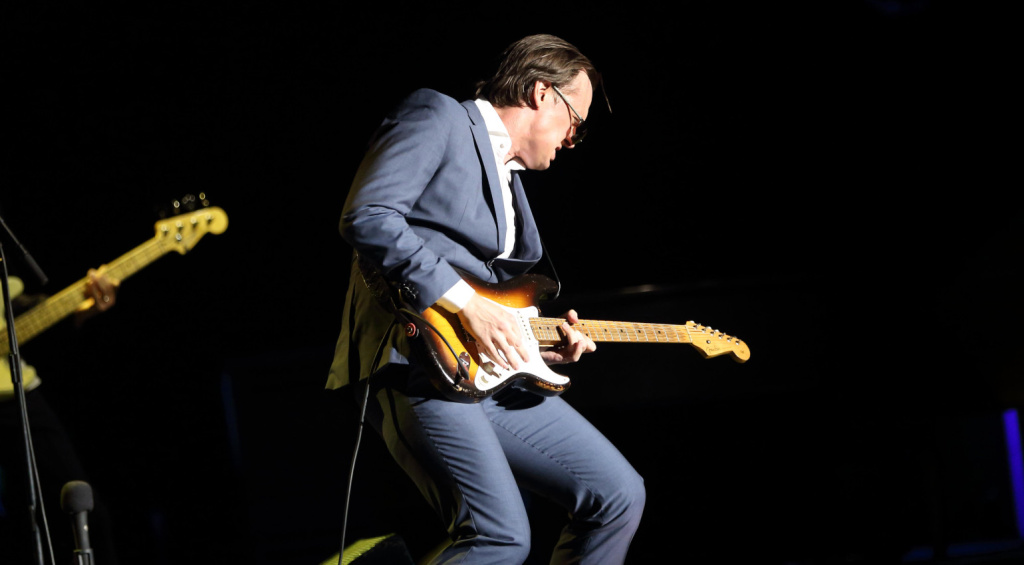
It’s hard to list all the guitars that Joe Bonamassa has played – even he loses track of them from time to time. However, there are a few models that have been particularly influential in shaping his sound and musical identity. Here’s a brief overview of Joe Bonamassa’s gear.
Gibson Les Paul Standard „Principal Skinner“ (1959)
The holy grail of guitars – Bonamassa owns several original 1959 Gibson Les Pauls. The most famous of these is the “Principal Skinner”, named after the principal of his old school (or the one from The Simpsons?) This guitar can be heard on numerous studio recordings and is considered the tonal benchmark for the classic Les Paul sound: rich mids, singing highs and incredible sustain. Equipped with original PAF humbuckers, it shows why these guitars went down in history as “Bursts.
Gibson Les Paul ‘Lazarus’ (1959, restored)
A very special piece is “Lazarus,” a 1959 Les Paul that turned up in a music store in a state of complete disrepair with a new finish, botched parts, and a broken neck. Bonamassa saw its potential and had it professionally restored. Today, “Lazarus” is one of his favorite guitars. The sound? Warm, woody, with an exceptionally direct response-proving that the right wood can help.
If you don’t have six figures to spend, there are a number of excellent 1959 reissues available, either from the legendary Murphy Lab or from Epiphone*.






Gibson Flying V „Amos“ (1958)
Bonamassa owns one of the rare original 1958 Flying Vs. This guitar, affectionately known as “Amos,” was originally discovered in an Indiana auto shop. Its more aggressive tone – due largely to the PAFs combined with the Korina construction – is ideal for rockier, higher-gain songs. It also makes a statement on stage.
Korina Flying Vs are a rarity, so it’s all the more exciting that Epiphone has released an excellent version of the V. Perfect for anyone who missed out on the official Joe Bonamassa Amos Signature (read here in German).


Martin 000-45 Joe Bonamassa: Acoustic!
This acoustic beauty is a limited edition replica of Joe’s original 1941 Martin 000-45, of which only 45 were made. The guitar has been treated with Martin’s Vintage Tone System® (VTS) and is constructed of Adirondack spruce (top) and Guatemalan rosewood (back and sides).
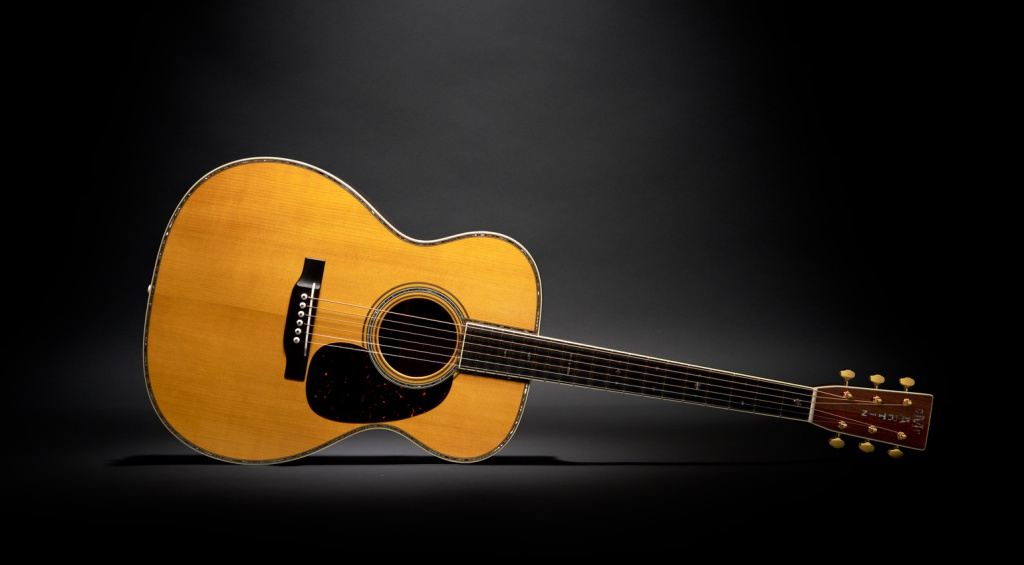
The original instrument, which had been in the family for three generations, came to Bonamassa through a series of events. The sale saved the home of the previous owner. Martin reconstructed the model with great attention to detail, including hide glue construction, a special neck shape and period correct snowflake inlays.
The sound is exactly what you’d expect: clear, full, resonant – with pure vintage charm.
There’s just one catch: even the reissue costs a whopping $20,000.
Fender Telecaster – The Twang in the Arsenal
Bonamassa also reaches for the Fender Telecaster for certain sounds, like country-inspired licks or clean slide parts. One of his most famous is a 1953 butterscotch finish model that he regularly uses live for songs like The Ballad of John Henry and Woke Up Dreaming.


Other Guitars of His Collection Also Includes
- Gibson ES-335 models for jazzy tones
- Double necks (Gibson EDS-1275)
- Various Martin and Gibson acoustics
- Boutique guitars from Don Grosh and Ernie Ball Music Man
- prototypes and one-offs from the Gibson Custom Shop
If you want to get an overview of the Blueser’s collection, you should take a detour to Nerdville:
Amplifiers – Tubes, Warmth and Character
Joe Bonamassa’s gear includes a collection of amplifiers that is almost as legendary as his guitars. He prefers vintage tube amps with character – loud, dynamic, unpolished, but musical. His tone is not created by a single device, but by skillfully combining different amps with different tonal profiles.
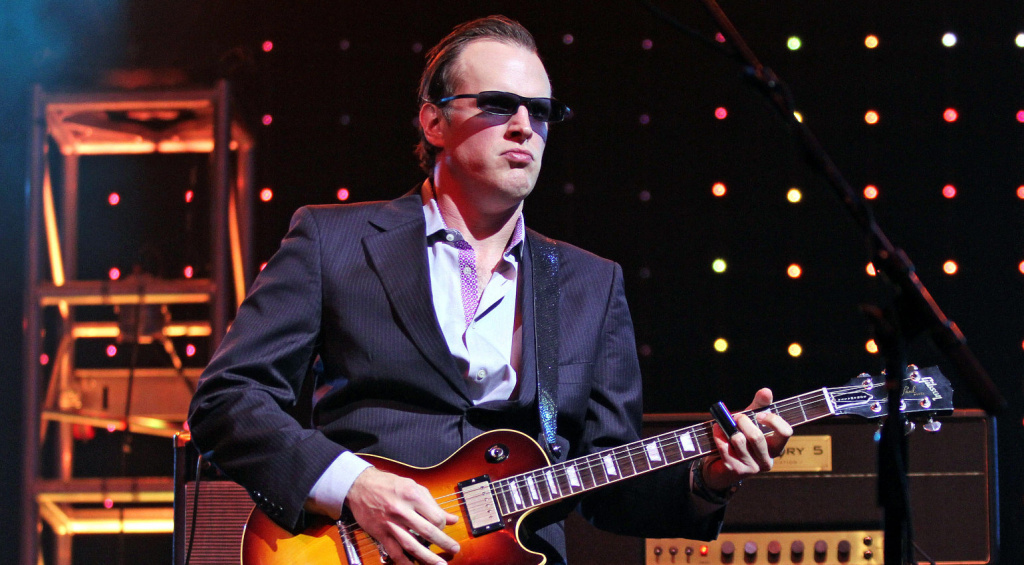
Bonamassa combines two to three amps in parallel using ABY switches, loopers or stereo rigs. This allows him to use a Marshall for the mids, a Fender for the highs, and a Dumble for the lows – all at the same time. He also likes to do this live, but then with a microphone. There was something about that, too: How to record amps with a microphone.
Marshall Silver Jubilee 2555
One of his main live amps is the Marshall Silver Jubilee – an amp that was originally released in 1987 to celebrate Marshall’s 25th anniversary. The Silver Jubilee combines the aggression of a JCM800 with the warmth of a Plexi – ideal in Joe Bonamassa’s rig for bluesy rock leads with punch.

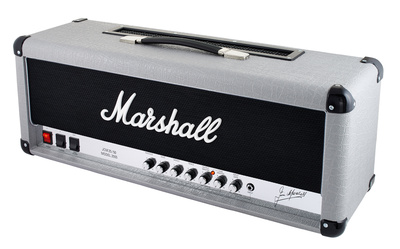
Marshall 1959SLP Super Lead Plexi
An absolute classic among Joe Bonamassa’s gear: the Marshall 1959SLP, also known as the “Super Lead Plexi”. This amp delivers the legendary crunch that defined guitar sounds in the early ’70s. Open, loud, raw – the perfect contrast to a Fender Twin in the same setup.

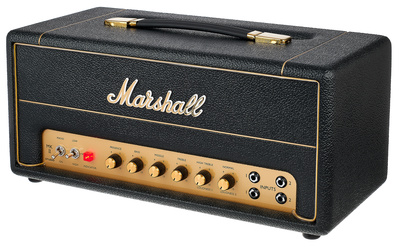
Fender Tweed Twin & Bassman (1950s) For warmer, rounder tones, Bonamassa relies on original Fender Tweed amps from the 1950s. The Twin amp with two 12″ speakers delivers sweet highs and an open sound, while the Bassman with four 10″ speakers produces a powerful midrange blues sound. Both amps are extremely responsive to dynamics, which Joe uses to switch from clean to crunch with just the volume knob on his guitar.
These amps can be quite temperamental, especially when used live, and can be a real challenge to handle without some very clever shielding and miking. This is why there is even a Joe Bonamassa Clearsonic Signature Panel. So if you play the Royal Albert Hall a lot…

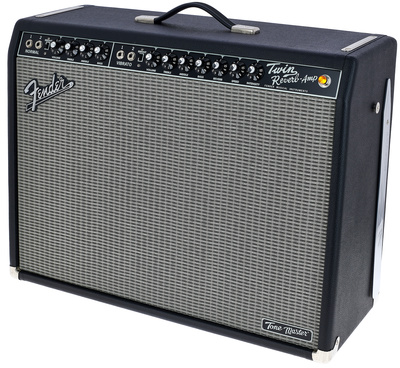

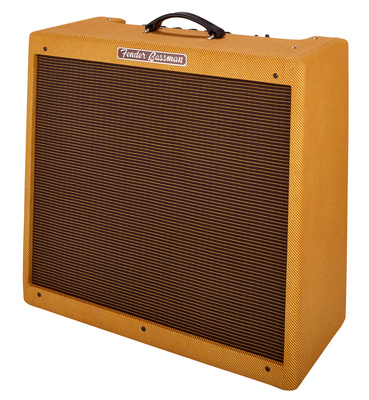

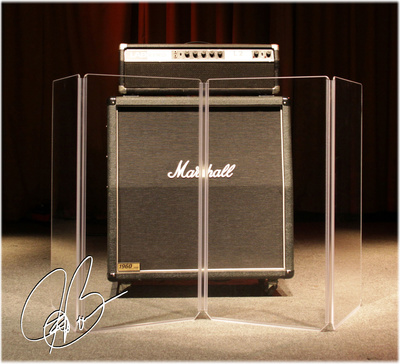
Dumble Overdrive Special
Bonamassa is one of the lucky few who has access to an original Dumble Overdrive Special – one of the most expensive and sought-after boutique amps in the world. The sound? Incredibly smooth, rich in overtones, with a creamy gain that never gets muddy. The amp is great for melodic solos and jazzy passages. Joe Bonamassa’s gear has a lot to offer, even beyond Marshall, Fender and the like.
More about that: The Dumble Sound.
Effects: A Few
You might think that a guitarist with over 400 guitars and dozens of boutique amps would have an extensive effects rig. But Joe Bonamassa’s rig stays true to his style: his use of effects is tasteful, economical, and always musical. Each pedal in his rig has been carefully selected to serve a specific purpose.
Boost & Overdrive – Clarity Before Compression
Bonamassa’s main sound is heavily influenced by the natural distortion of his amps. To bring out this tone, he primarily uses boosts and occasionally light overdrives that “push” an amp’s preamp without muddying it.
- Keeley Katana Blues Driver
A clean boost with plenty of headroom that adds punch to his guitar tone. Joe uses it to subtly thicken clean passages or add sustain to lead parts. Our friends at Bonedo had one of these in their hands: Review - Way Huge Overrated Special
This pedal was designed specifically for Bonamassa. It delivers a medium-hued overdrive with lots of overtones without overpowering the tone. Ideal for hitting the sweet spot between clean and crunch. Bonedo was busy with this one as well: Review - Way Huge Ibanez Tube Screamer TS808
This classic also has a place on his board. However, Joe doesn’t use it for saturation, but as a mid-boost, especially when playing single-coil guitars. And let’s face it, who doesn’t need a TS808? Exactly.

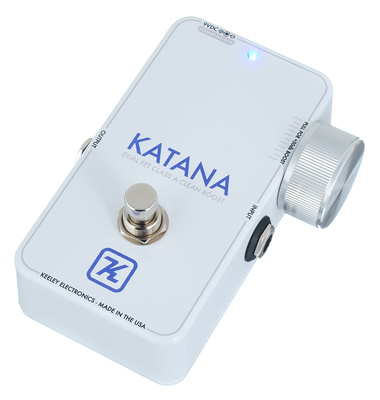

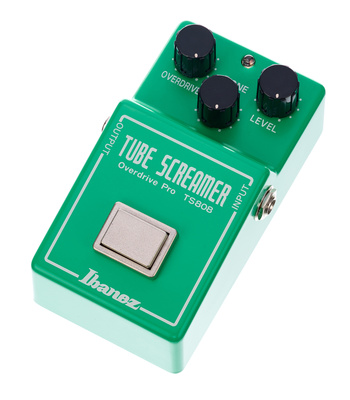
Delay, Reverb & Modulation
Joe tends to use effects in this category in the background to create space and depth. You can usually find them in the wet channel of his rig.
- MXR Carbon Copy Analog Delay
Warm, dark and subtly modulated, this delay adds very little color to the signal and produces analog echoes that never sound intrusive. - Boss CE-2 Chorus
Rarely used, but when it is, it’s subtle. Bonamassa uses the chorus more as a light doubling tool than a classic ’80s effect. - Spring Reverb
Whether from the amp or as a separate device, spring reverb is an integral part of his sound. In the studio he also uses real plate reverbs (e.g. EMT 140).

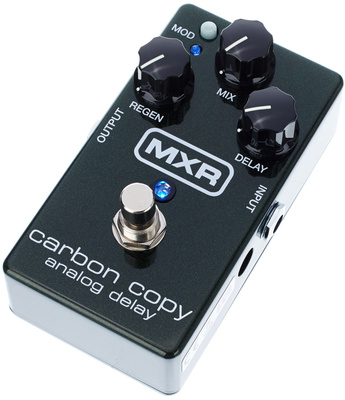

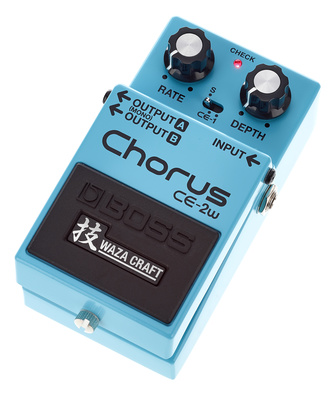
Bonamassa’s Live Setup – Less is More?
While many modern guitarists work with digital solutions, modeling amps, and the like, Joe Bonamassa’s gear goes the traditional route – just extremely well thought out. His live rigs are designed for efficiency, clarity, and maximum sound. And while his equipment is extensive, it never feels overloaded. I’ll say it up front: it’s hard to replicate. Unless, of course, our readers have access to the original amps used in sufficient numbers on stage at his concerts…
Joe relies on classic combinations for miking his amps:
- Shure SM57: focused on mids, very direct
- Royer R-121: ribbon mic with lots of warmth and depth
- Sennheiser MD421 (occasionally): wide frequency response, ideal for big speakers
Live monitoring is done the traditional way with wedges – no in-ear monitoring. He says he needs to “hear his guitars in the room”, not through headphones.
Joe Bonamassa’s Gear – Conclusion
Joe Bonamassa’s gear is more than just a fleet of fancy guitars – it’s a vintage fetishist’s wet dream. And it’s the expression of a philosophy: sound is created through combination, experience, intuition – and yes, a little obsession.
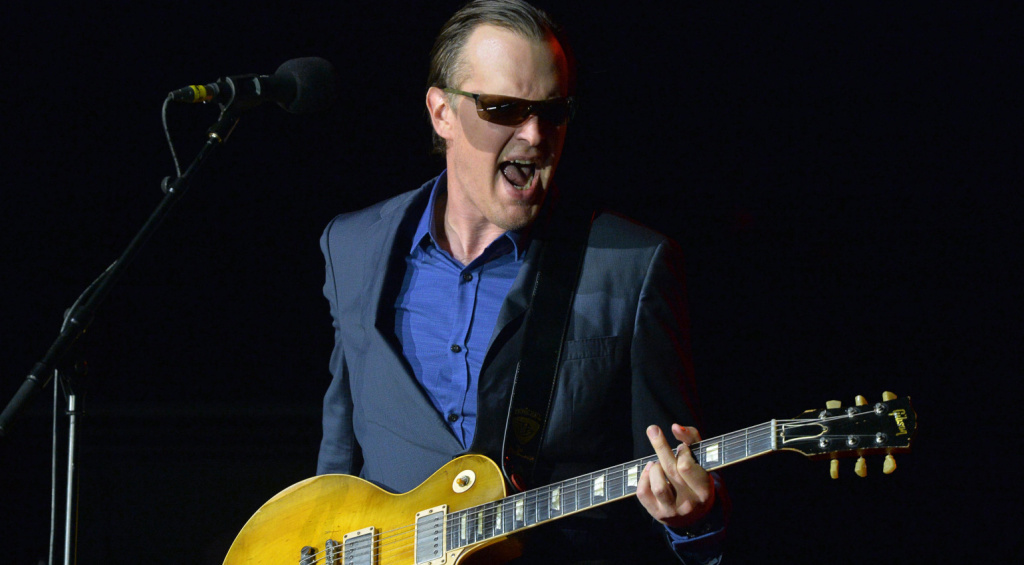
Do you have to own 400 irreplaceable vintage guitars to sound good? Absolutely not. Anyone who hears Joe Bonamassa live quickly realizes that his tone isn’t smooth or perfect. But it’s human, it’s alive, it’s honest. That’s why he inspires so many guitarists.
So, no, you don’t have to be a nerd. Even if you want to be. But if you have a Les Paul, a good tube amp, and a sense of dynamics, you’re well on your way to achieving the Bonamassa sound. The rest is playing, listening, and playing some more.
Here you can find the article we wrote about Kirk Hammett.
*Note: This article contains affiliate links that help us support our site. Don’t worry: the price you pay stays the same! If you buy something through these links, we get a small commission. Thanks for your support!
2 responses to “The Greatest Guitarists of All Time: Joe Bonamassa – Sound and Gear”
 4,4 / 5,0 |
4,4 / 5,0 | 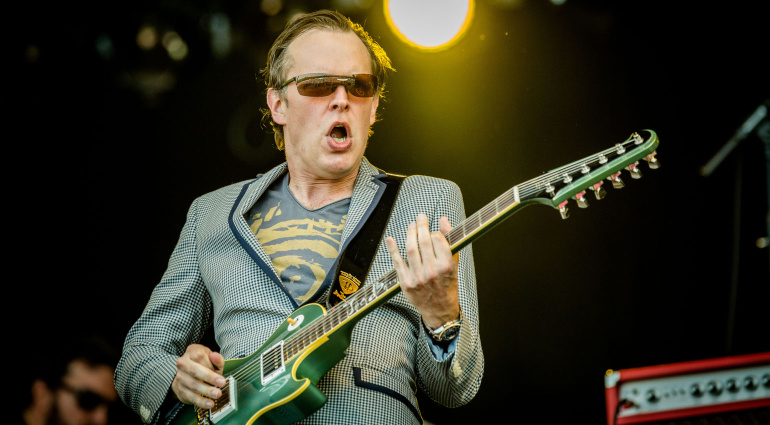


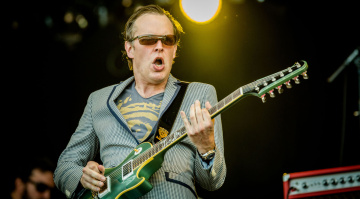

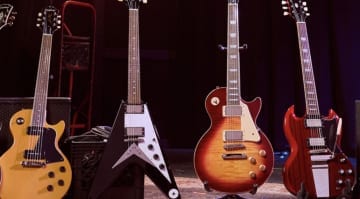
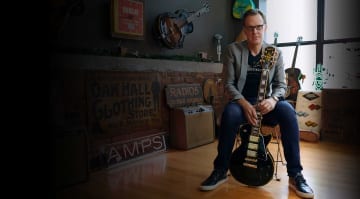
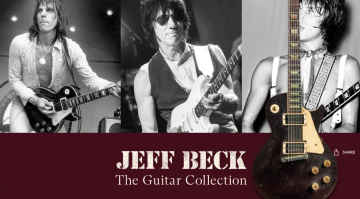
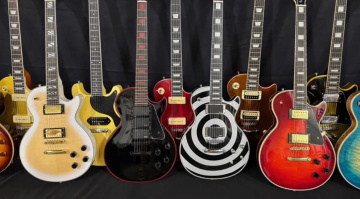

I don’t get the hype. Nothing special about the sound and ordinary melodies
Am intrigued by him playing id rather go blind by mama Etta James how he strums the guitar